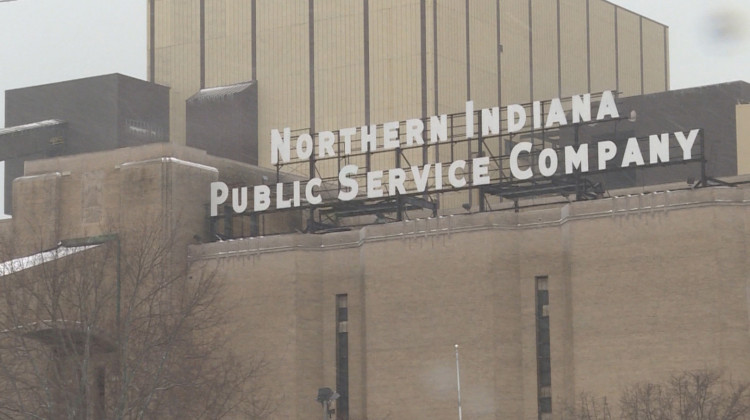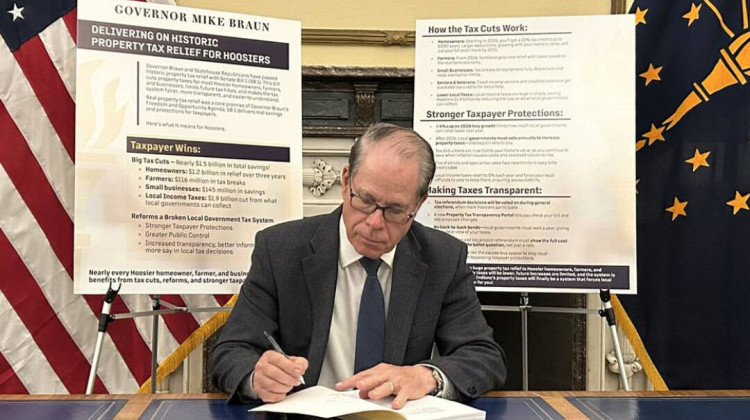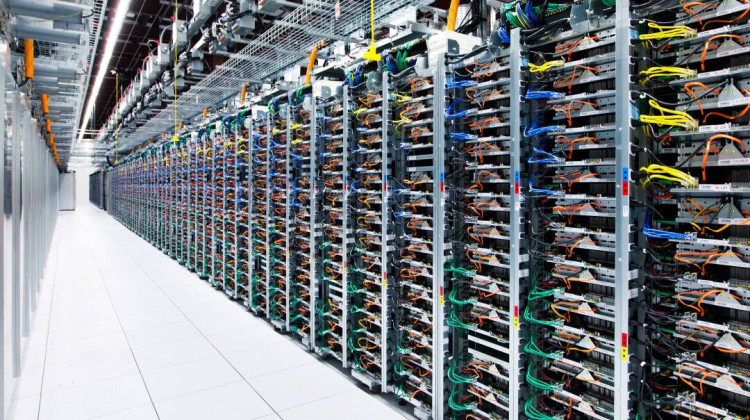
Filippelli said northwest Indiana tends to emit the most carbon in the state. NIPSCO's Michigan City coal plant is an example of the industry that contributes to this.
FILE PHOTO: Tyler Lake / WTIUHow much carbon do various regions in Indiana emit? One of our audience members was curious.
Gabriel Filippelli is the executive director of the Indiana University Environmental Resilience Institute. He said northwest Indiana tends to emit the most carbon in the state.
“Our biggest emitting region is northwest Indiana,” he said. “And that corridor, which has had a lot of emissions from transportation and from industry, and the high electrical demands that come with producing steel.”
Filippelli said to combat the effects of these emissions, one of the best solutions is to implement "cleaner steel technology." For example, trying to use less coke — a fuel made from coal — for blast furnaces.
“I know that there is a very strong interest to go with what's called clean steel technology,” he said. “So producing steel that doesn't rely on coal and coke for energy production. Those are both very polluting materials.”
READ MORE: Which Indiana communities are most vulnerable to climate change?
Join the conversation and sign up for the Indiana Two-Way. Text "Indiana" to 765-275-1120. Your comments and questions in response to our weekly text help us find the answers you need on climate solutions and climate change at ipbs.org/climatequestions.
Filippelli said forested areas can tend to naturally absorb more carbon, leading to lower net emissions.
“So if you look in the in the southern part of the state, for example, the net emission is pretty low,” Filippelli said. "The forested southern part of the state because of forests are busy kind of sequestering some of that carbon. There's no real strong industrial sources until you go down to like areas like Evansville.”
Filippelli said global carbon emissions also contribute to higher carbon around the state and local areas.
Violet is our daily news reporter. Contact her at vcomberwilen@wfyi.org or follow her on Twitter at @ComberWilen.
 DONATE
DONATE






 Support WFYI. We can't do it without you.
Support WFYI. We can't do it without you.